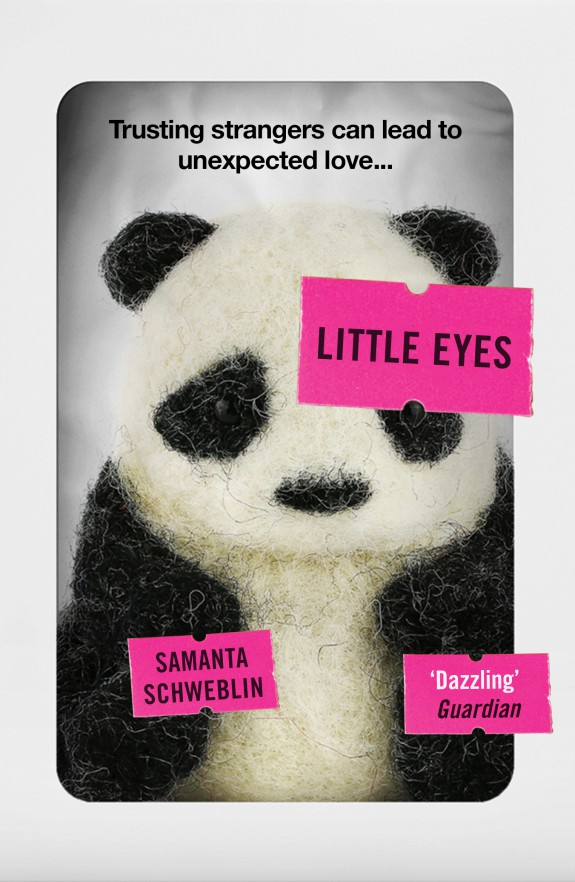
The people behind them, too, are a host of believable characters, ranging from preteen boys and teenage girls to retired people. Kentukis can be one of a handful of endearing animals, from dragons to moles. If you purchase a kentuki, you become its “keeper.” Someone else will purchase the rights to be the “dweller,” operating the toy and observing the keeper’s environment through the kentuki’s lens. They’re motorized, furry pets, like anonymous webcams on wheels.Īn explanation of how kentukis work emerges slowly, mysteriously, encounter by encounter.

In this prophecy of a story, Schweblin creates a dark and complex world that's somehow so sensible, so recognizable, that once it's entered, no one can ever leave.In the thought experiment of Little Eyes, Samanta Schweblin’s latest novel, kentukis are the latest craze. Trusting strangers can lead to unexpected love, playful encounters, and marvelous adventure, but what happens when it can also pave the way for unimaginable terror? This is a story that is already happening it's familiar and unsettling because it's our present and we're living it, we just don't know it yet. The characters in Samanta Schweblin's brilliant new novel, Little Eyes, reveal the beauty of connection between far-flung souls - but yet they also expose the ugly side of our increasingly linked world. They're real people, but how can a person living in Berlin walk freely through the living room of someone in Sydney? How can someone in Bangkok have breakfast with your children in Buenos Aires, without your knowing? Especially when these people are completely anonymous, unknown, unfindable. They've infiltrated homes in Hong Kong, shops in Vancouver, the streets of in Sierra Leone, town squares in Oaxaca, schools in Tel Aviv, bedrooms in Indiana.


Named a Best Book of the Year by The New York Times, O, The Oprah Magazine, NPR, Vulture, Bustle, Refinery29, and ThrillistĪ visionary novel about our interconnected present, about the collision of horror and humanity, from a master of the spine-tingling tale. "Her most unsettling work yet - and her most realistic." ( New York Times )

Longlisted for the 2020 Man Booker International PrizeĪ New York Times Notable Book of the Year


 0 kommentar(er)
0 kommentar(er)
